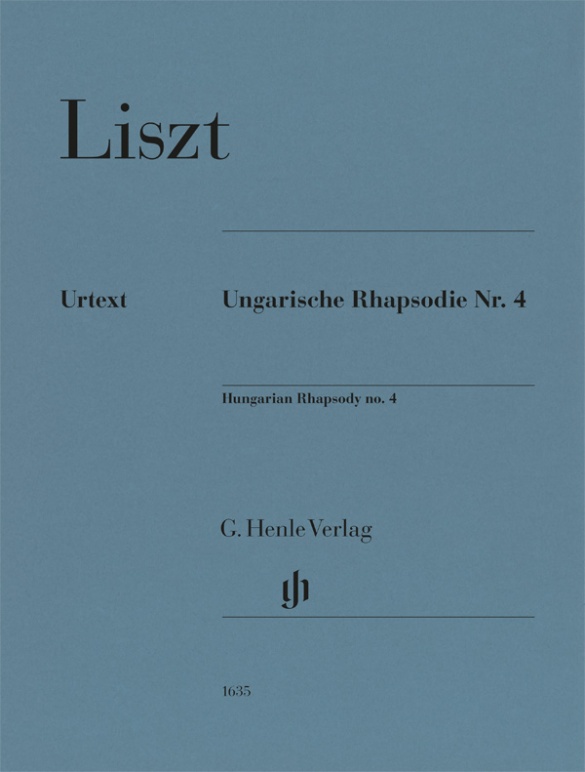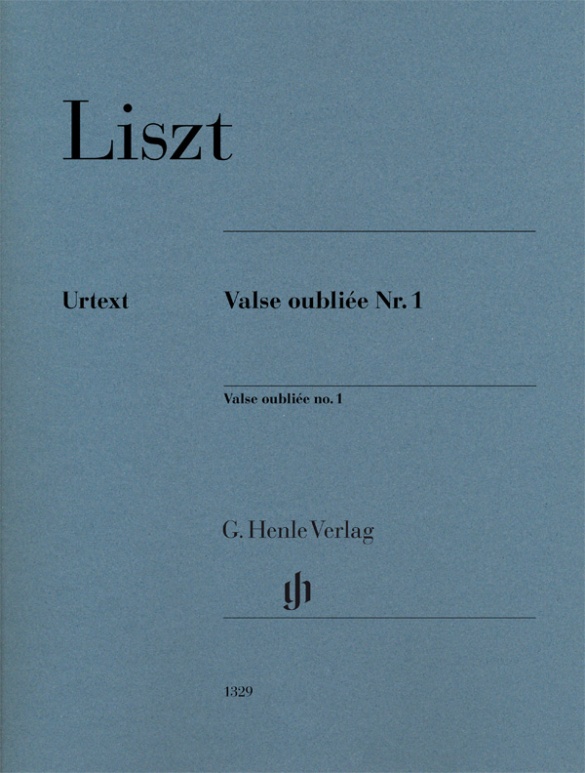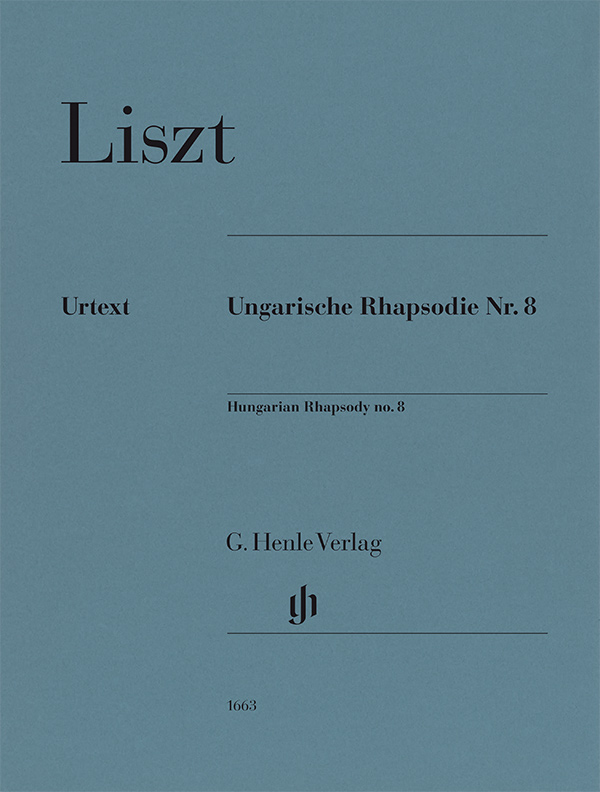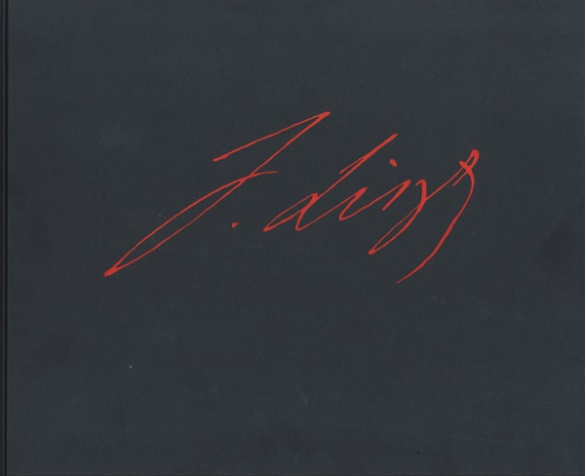

Franz Liszt
Rigoletto - Concert Paraphrase
Franz Liszt not only wrote a series of opera paraphrases during his virtuoso years, but also composed some in his Weimar years from 1848 onwards. He did not, however, write them for himself but for the pianist friend (who was also his son-in-law) Hans von Bülow. Amongst these works, the paraphrase on Giuseppe Verdi’s “Rigoletto”, which was published in 1860, occupies a special place on account of its incredible virtuosity and at the same time its filigree texture. On the occasion of the 200th anniversary of Liszt’s birth, G. Henle Publishers is presenting a facsimile of the autograph of this work, with an extensive commentary, as well as an Urtext edition (HN 978). Since this is a working manuscript, the facsimile also offers fascinating insights into Liszt’s manner of working.
Content/Details
About the Composer
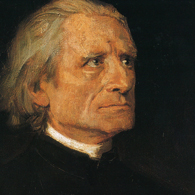
Franz Liszt
The most famous piano virtuoso of the nineteenth century is regarded as the most influential artist and composer (with Berlioz, Wagner) of the so-called New German School. His immense musical oeuvre comprises, above all else, works for solo piano, including numerous transcriptions; he also devised the symphonic poem. Important, too, are his sacred and secular choral works and songs.
| 1811 | Born in Doborján/Raiding (Sopron) on October 22, son of an official in the service of Prince Esterházy. First piano lessons from his father, early first attempts at composition, first public performance at age nine. |
| 1822 | Relocation of the family to Vienna, studies with Carl Czerny and Antonio Salieri. |
| 1823 | Relocation of the family to Paris. Composition studies with Ferdinando Paër and Antonín Reicha (1826). Performances in salons, concerts. |
| 1824–27 | Concert tours through France, to England and Switzerland. Composition of opera paraphrases for piano. |
| 1830 | Acquaintance with Berlioz, self-study by reading. He becomes Parisian society’sfavourite pianist and piano teacher. |
| 1835 | He moves to Switzerland with Countess Marie d’Agoult: their first child together, Blandine-Rachel, is born here. He continues concertizing in Paris. |
| from 1839 | Continuous concert tours throughout Europe. |
| from 1847 | Symphonic poems, including No. 2, “Tasso: lamento e trionfo”; No. 1, “Ce qu‘on entend sur la montagne” (‘Bergsymphonie,’ ‘Mountain Symphony’); “A Faust Symphony in Three Character Pictures”; “A Symphony to Dante’s Divine Comedy” (‘Dante Symphony’); as well as [No. 11], “Hunnenschlacht” (“Battle of the Huns”). |
| 1848–61 | Kapellmeister in Weimar; he advocates for progressive music (Wagner, Schumann, Berlioz). |
| 1857–62 | Oratorio, “The Legend of St. Elisabeth.” |
| 1861–68 | Resident in Rome. |
| 1865 | Takes minor holy orders. |
| 1866–72 | Oratorio, “Christus.” |
| 1871 | Appointed Hungarian court councilor; he lives in Rome, Weimar, and Budapest. |
| 1886 | Death in Bayreuth on July 31. |
Product Safety Informations (GPSR)

G. Henle Verlag
Here you can find the information about the manufacturer of the product.G. Henle Verlag e.K.
Forstenrieder Allee 122
81476 München
Germany
info@henle.de
www.henle.com
Un document magnifiquement imprimé et relié, enrichi de précieux commentaires en allemand et en anglais.
Pianiste, 2011Dass Henle das Wiedergeben von Originalhandschriften zu seinem Angebot zählt, lässt sich besonders bei der "Rigoletto Konzertparaphrase" als wahrer Glücksgriff bezeichnen, da es Liszts Handschrift in keiner Weise an Lesbarkeit mangelt.
Piano News, 2011recommendations
autogenerated_cross_selling
Further editions of this title
Further editions of this title


